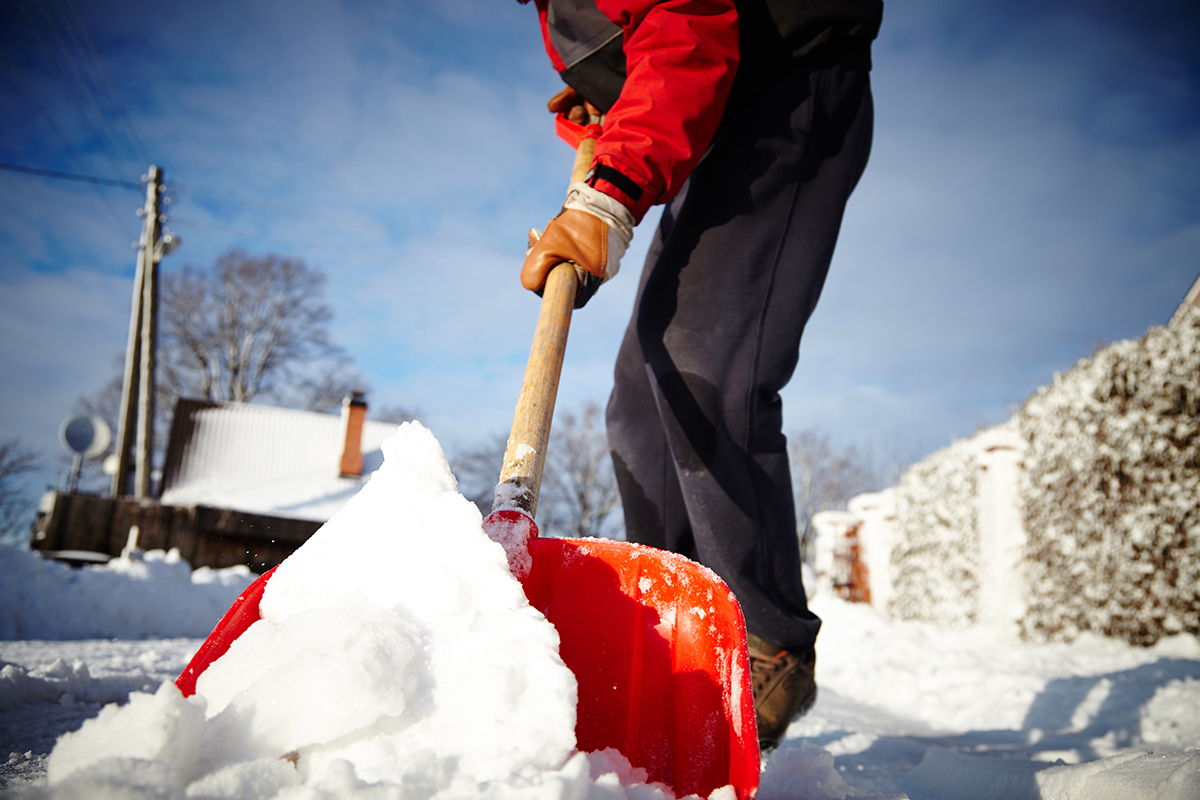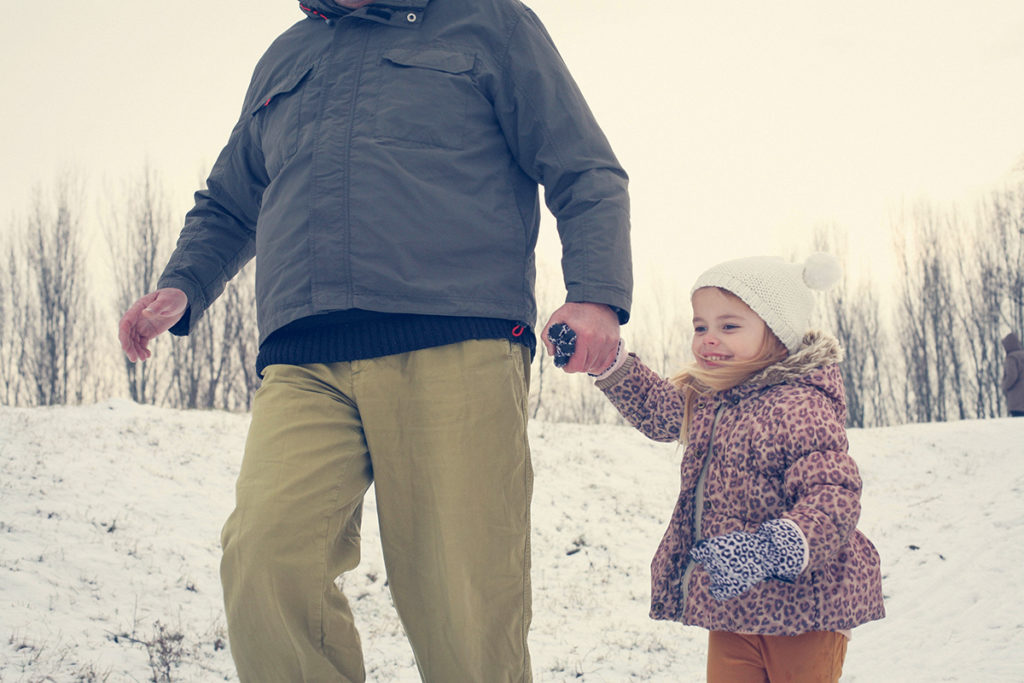If you have struggled with a back injury or pain in the past, you don’t want to put yourself at risk for hurting it again when it comes to shoveling snow this winter.
Shoveling snow is physically demanding on anyone’s body and especially for someone who has had a bad back. Following these proper snow shoveling techniques and tips will help prevent injury and a trip to see a doctor.
- Warm up your Muscles. Before bundling up, stretch for 10 minutes to warm up your muscles and joints. It also a good idea to stretch again when you finish to cool down your muscles.
- Use the Right Shovel. Using an ergonomic snow shovel can help take some of the exertions out of removing snow. Use a shovel that is correct for your height and strength that isn’t too heavy or long. Choosing a shovel with a curved handle or an adjustable handle length will help minimize painful bending.
- Push and Don’t Fling. The safe technique is not to throw snow over your shoulder or to the side. This action requires a twisting motion that can stress your back. It is best to push snow rather than lift and toss snow. If you must lift small amounts of snow, do it properly by squatting with your legs apart, bending your knees and maintaining a straight. Lift with your legs and don’t bend at the waist. Scoop up the snow into the shovel and walk to where you want to dump it.
- Switch Sides. Many tend to shovel snow using their dominant side. But if you only shovel on that side of your body you will create asymmetrical stress and imbalance, especially in your spine. It’s best to alternate the side you shovel on every 5 minutes.
- Pace Yourself − Take Breaks and Take Your Time. Even though the snow removal facing you may seem overwhelming, tackle the task in a slow and steady manner as it will get the job done. Snow shoveling and snow blowing are aerobic activities that require you to take frequent breaks and drink a lot of fluids to prevent dehydration. Periodic breaks are also important, especially if you feel your heart rate increases or pain returning in your back.
If you find yourself in distress, call 911 and seek immediate emergency care.
*Source: American Academy of Orthopaedic Surgeons, www.orthoinfo.aaos.org
To find a doctor or schedule an appointment, visit Steward DoctorFinder™.




